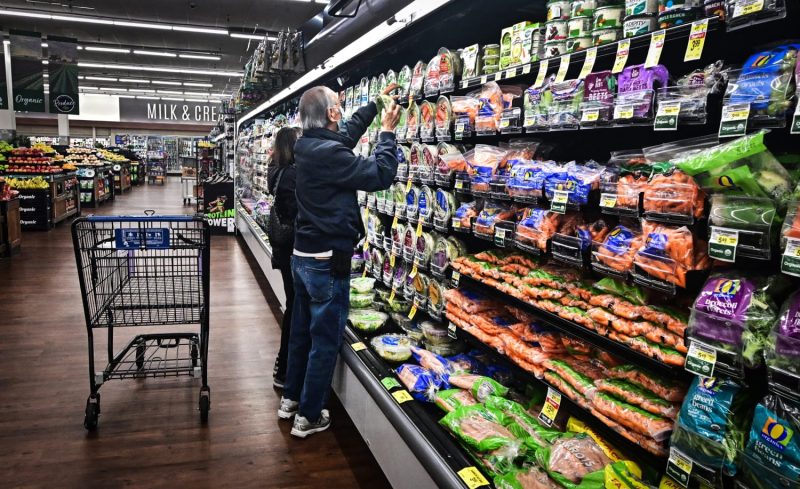The increased price of groceries is a multifaceted issue that involves several economic factors, including supply chain disruptions, inflation, labor shortages, and higher commodity costs. As consumers, we often experience the brunt of these macroeconomic dynamics in the form of increased grocery bills and a rise in day-to-day living expenses. The good news, however, is that there are several ways in which consumers might start seeing relief.
One of the main reasons why groceries are so expensive nowadays is due to disruptions in the supply chain. The onset of the global COVID-19 pandemic shuttered industries and halted global trade in early 2020. Though economies have since reopened, the pandemic caused severe bottlenecks in the supply chain system, creating a shortage of various products. This shortage has led to increased prices as the demand for essential items like food and household goods remained high amidst the relative lack of supply.
Inflation is another widespread explanation for the significant hike in grocery prices. As more money circles around the economy with relatively lower production levels, the purchasing power of the dollar decreases, leading to an overall inflation post-pandemic. According to the recent data, food inflation accounts for a significant fraction of the total inflation, making groceries more expensive.
Labor shortages and increased labor costs have also contributed to the high cost of groceries. The pandemic put millions of people out of work and created labor shortages that spanned across industries, including the agriculture, food production, and retail sectors. These shortages have pushed existing workers to work overtime, adding to the costs which are then passed onto consumers in the form of higher prices.
Moreover, higher commodity costs have also played a role. Suppliers have increased prices to compensate for the rise in costs for products they buy, be it raw materials or freight charges. These cost increases often trickle down to consumers.
Despite these challenging circumstances, it is essential to note that there are several ways consumers might start seeing relief from the expensive groceries. Firstly, as vaccine rollouts continue globally and containment measures ease in many economies, the supply chain is expected to return to some form of normality. This can potentially lead to a decrease in grocery prices as the availability of goods in supermarkets stabilizes.
Moreover, the labor market is likely to become more stable as the pandemic subsides, with more people returning to work. This could reduce labor costs and potentially lead to cheaper groceries. Additionally, governments and central banks are actively attempting to control inflation rates, which if successful, may also contribute to a decrease in grocery prices.
Furthermore, there are practical steps that consumers can take to mitigate the effects of these price increases. These include bulk buying to take advantage of discounts, substituting expensive items with more affordable ones, and reducing waste by meal-planning.
In summary, the increased price of groceries is a complex issue with multiple influencing factors, including supply chain disruptions, inflation, labor shortages, and higher commodity costs. Solutions are progressive and may require global efforts and cooperative measures from different sectors. Yet, with the ongoing recovery from the pandemic and effective personal financing strategies, there is a glimmer of hope for consumers who are feeling the pinch at checkout.
